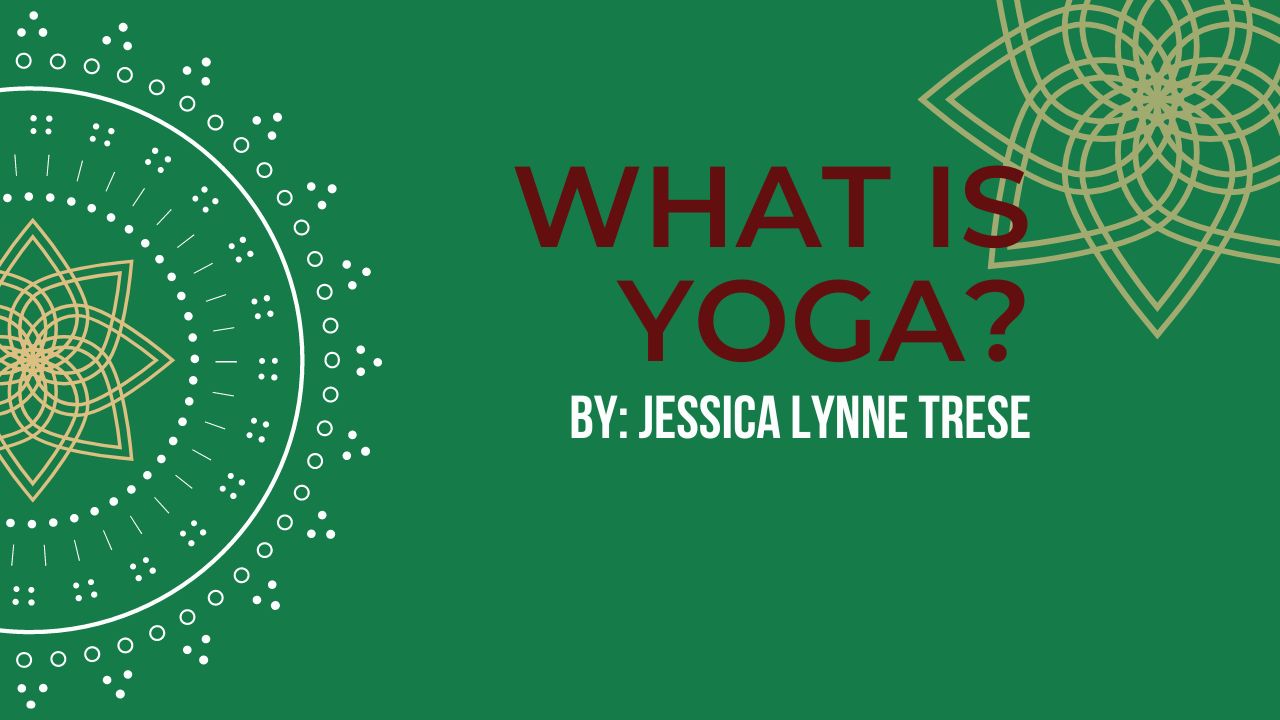Is yoga crazy postures and intense meditation practices? Is yoga removing thoughts from the mind?
The short answer is, it’s complicated.
At its roots, yoga is a system of techniques and philosophies which guide a student toward knowing their True Nature as powerful, connected and peaceful beings. These techniques and philosophies can include work with yoga postures, meditation practices and other activities folks can use to get to know themselves. Being a human can be really hard sometimes and yoga is a means by which we get get to know ourselves, get to listen to our hearts and connect deep within ourselves.
As humans, we are conditioned through suffering and societal influences to identify ourselves and others with the ever-changing components of existence (mind, matter, energy – Prakṛti). However, yoga teaches us that the ever changing components of us, are not our true nature. This false-identification imposed on each of us by others and ourselves leads to suffering. We forget that at our core, there is a constant, unchanging spark of eternal creation within our heart-center, one name for this is Puruṣa.
Yoga is a means by which one can unlearn the patterns of false-identification (individual, collective and imposed upon us by society) and start to know their True Nature.
Yoga is a path toward balance. A path toward connecting with the constant component of existence that exists within all of us. When approached with care, knowledge and self-study; this system of techniques, lifestyle and philosophical theories can guide practitioners to understand themselves, realize ways they participate in and contribute to suffering and change those patterns of suffering so they may know their true nature.
This return toward balance can come in the form of yoga postures, meditation practices, studying of texts and teachings or overall lifestyle transformations. Yoga is identified as a tool to find balance in all of the layers of the individual (mind, body & energy) so they may know their True Nature instead of falsely identifying with the ever changing realms of existence.
It is thought that yoga has been around for as long as humans have been able to ask questions about their existence, their purpose in life and wonder if there was any meaning around their existence. The historical account of the history of yoga is much more complicated though. There are accounts of yoga dating back to about 3,000 before the Common Era and yoga is interwoven into ancient texts as a foundational concept since that time. Over generations and millennia, yoga has transformed, it has adapted and matured to rise up to meet the needs of the human population. Yoga has changed dramatically since the earliest historical record and has continually risen up to meet the needs of the population during a given age/period.
So, the yoga you practice on any given day and at any given moment might look very different each time you try to return to balance. Give yourself the space and grace to adapt your yoga practice to meet your needs in a given moment – this is what yoga has been doing all along. Remember that the postures that brought balance on one day, might be imbalancing on the next day. The meditation practice done one day might be activating and the next day balancing. Even with the changing components of our practice, we can still turn inward to connect when we use the ebbs and flows of our daily practice as a means to find balance. Instead of a means to perpetuate false-identification.
Yoga isn’t about the poses or practices you do. It’s about what you learn about yourself and the world around you while you practice finding balance.

